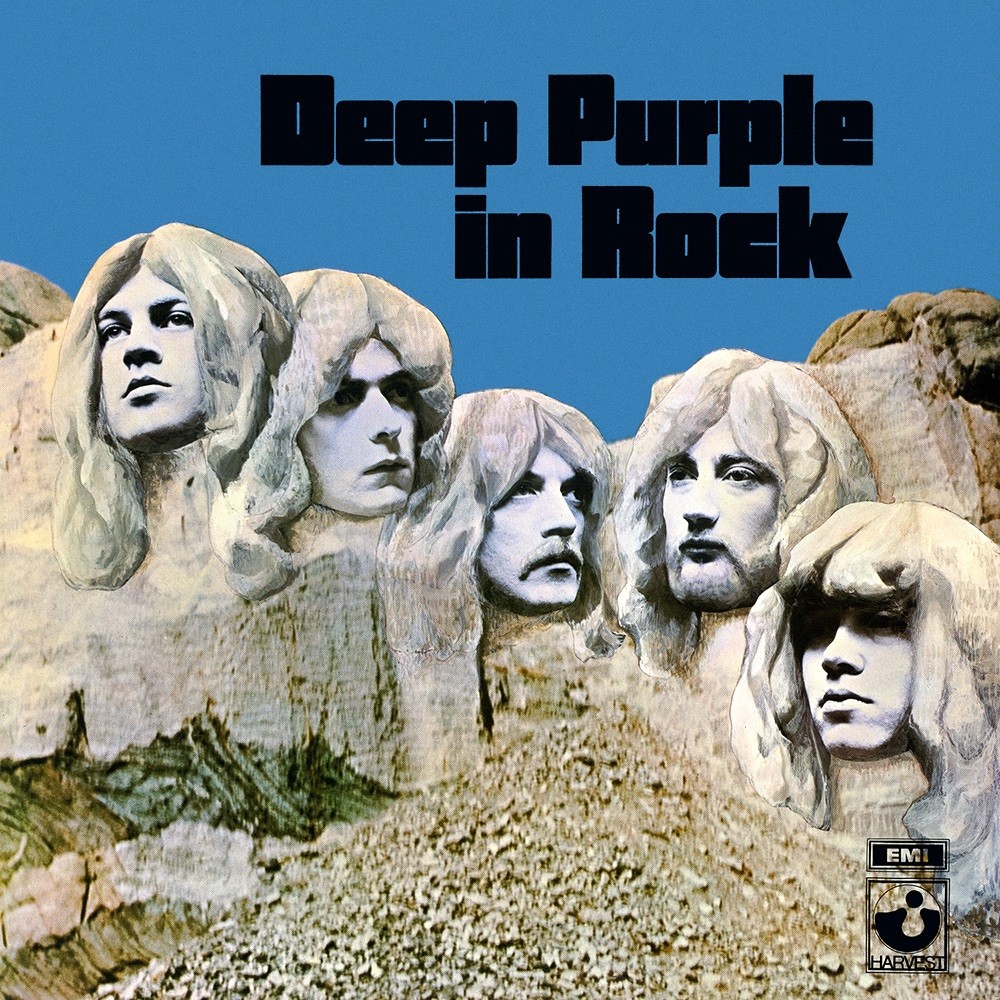The Hall of Judgement: Deep Purple - Deep Purple in Rock
Rexorcist has requested that this release be submitted into the Hall of Judgement. If you agree with the below change request, vote YES. If you don't, vote NO.
Request: Deep Purple's "Deep Purple In Rock" album should be added to The Guardians.
This change will see the Heavy Metal genre added to the release.
Member comment: "So metal was invented in 1970, but do we even remember what metal was back then? Was it really just a blanket term for hard rock, or did it really have meaning to it? I firmly believe there is some meaning to it, and because we are 50 years past its creation and are now used to such extremities like Massive Conspiracy Against All Life by Leviathan or Human Waste by Suffocation, we've forgotten to label some of the early metal classics as metal themselves. And of course, some albums get the tag when they probably shouldn't, hence Metal Academy's previous conversation concerning Sad Wings of Destiny by Judas Priest. One of these albums I feel deserves the metal tag is Deep Purple in Rock.
Now Deep Purple were a little lighter during their first three albums. If you'd like to use those three as a comparison, you can. They were more symphonic and proggy, but they were still a hard rock band. The difference between their third album and In Rock as heaviness indicates is staggering. And I'd like to detail that.
OK, let's start out with the fact that the whole album literally begins with a noisy heavy metal riff. Let's continue with the fact that this one song alone is heavier than anything on Machine Head, which alright pushes the boundaries there, organ aside. OK, I suppose you can say that Bloodsucker is more hard rock than anything, and I'll agree, but I'll still bring up that point that it's got a some metal spirit to it. Now a special case is Child in Time, a ten minute proggy epic that switches between organ rock to heavy metal riffage and wailing on a steady pace. As lots of metal epics switch between the softer and the lighter sides of the genre (hence Metallica), one can say this was the first metal epic. I mean, come on. Ian Gillan has a metal voice, not a hard rock voice like Bon Scott. Same goes for Robert Plant (although I would say that LZ were a bit too diverse to ever make one full metal album, and the lighter stuff because habitual after Plant's son died).
So we're done with Side A. Now let's go for "Flight of the Rat," showcasing some of that early-Motorhead style noise that was practically unacceptable in rock standards at the time. At a first glance, it might feel like another hard rock song, but like I said, this was EARLY metal. In terms of noise factor, riffage and melody, this checks all of the early boxes. Into the Fire is a little hard to tell. The early metal sound is definitely there, but for those of us youngsters who are too young to remember the gold ole' days, we might end up distracted by the structure of the song being so similar to most hard rock or blues rock. Having said that, that's just it: the metal structure DIDN'T EXIST. Why judge something for a standard that didn't exist? So this gets both my hard rock and heavy metal tag. Living Wreck is pretty much hard rock, though. Despite being heavy, it's one of the lighter tracks on the album. Hard Lovin' Man. Heaviest and most riff-oriented song on the album, made even heavier with its astral sound effects. Listen to that production, guitar work and wailing. This song is a staple for early metal.
OK, fine, you can say that it's not as heavy as the Sabbath debut or Paranoid. But even by today's standards, they're considered two of the heaviest albums on Earth, so it isn't exactly fair to compare albums to those two. Let's instead compare this to other hard rock albums of the time: Led Zeppelin I? It had its metal moments, but it also had its slower psychedelic moments and plain hard rock. Fun House? Fun House had the noisiness, but In Rock had that AND THE HEAVINESS of Led Zeppelin I and II, even though II was much more diverse and saw them experimenting with a bunch of genres. The Wishbone Ash debut? You call that a metal album, then you are sad and I no longer wish to speak to you. Who's Next? It was incredibly catchy, but it hardly saw The Who raise their heaviness factor from the freakbeat days. Look At Yourself? A little too proggy, but it has its moments. Love It to Death? Glam rock. In fact, you could use Burn as a benchmark for the differences in heaviness, too.
But there IS a similar band that I'd like to mention is considered metal all around the world: Budgie. Yes. Budgie. Can we really say we'll include Budgie but not this Deep Purple album? In fact, if we're going to include Budgie, we should include Machine Head on top of In Rock.
Basically, if you're wondering what 70's metal would sound like (outside of Sabbath), In Rock is the way to go. Other than the first two Sabbath albums, In Rock reached new heights of heaviness. It's unfair to ignore these heights, because this album had a balance of the early stages of metal and its elements that most other bands didn't have, and even Zeppelin was steering away from that. And honestly, I think RYM is on crack for not being more serious with the metal tag for this album, Machine Head and the singles oriented to it.
On that subject, it's been a while since I checked out Perfect Strangers, which was always a maybe. I remember thinking it bridged the hard rock heavy metal gap when I first heard it years ago, but In Rock and Machine Head are the two I come back to the most, so I'll listen to that again and see."
NOTE: Only members of The Guardians can vote on this judgement. Once 15 votes of Yes or No have been entered, the Hall will make its judgement.
Hall info
You need login to vote


